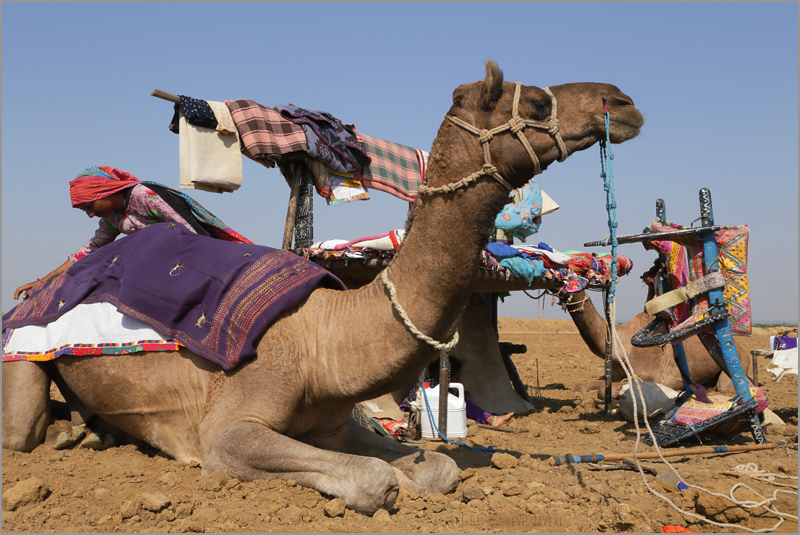 When thinking of rural-urban migration, experts tend to focus on the positive aspects for migrants. New economic opportunities, access to public services and greater social tolerance define the experience of newly-urban migrants in the conversation around rural-urban migration. When discussing flaws, the conversation gravitates toward the slum conditions and informal labor in large developing-world cities. However, the developing world’s rapid amount of rural to urban migration leaves many villages with less human capital and resources. What does this rural-urban migration mean for the rural developing world?
When thinking of rural-urban migration, experts tend to focus on the positive aspects for migrants. New economic opportunities, access to public services and greater social tolerance define the experience of newly-urban migrants in the conversation around rural-urban migration. When discussing flaws, the conversation gravitates toward the slum conditions and informal labor in large developing-world cities. However, the developing world’s rapid amount of rural to urban migration leaves many villages with less human capital and resources. What does this rural-urban migration mean for the rural developing world?
Urban Transition
Rural-urban migration has swept the developing world since the late 20th century. This transformation, known as “urban transition,” brings the economies of countries from rural-driven to urban-driven. Seeing this trend, many countries have supported larger development projects in urban areas, looking to get ahead of the curb. While an admirable strategy, it leaves out the rural populations who tend to be more isolated. This creates a vicious cycle, where people move where the government invests, and the government invests where people move.
This lack of investment creates a problem for rural areas. Unable to increase productivity and suffering from a lack of investment, impoverished rural areas are stuck in a loop, using the same basic techniques for subsistence farming utilized in the 20th century. Rural families have many children, hoping some will move to the city to send back money and some will work on their local subsistence farm. By sending the educated children to the city, families create a gap in living standards, with those with opportunity leaving while those without stay behind.
Migration in Trade for Remittances
However, this rural-urban migration also brings benefits to the rural areas. Many families send their young adult children into the cities, investing in their future in the city. Remittances, money sent back by those moving to urban areas, keep rural finances diverse and pay for many essential services for rural people. Without this income source, rural families would be completely dependent on the whims of nature, with no sense of security that a separate income gives. Studies show that these remittances increase life expectancy and happiness, two factors increased with security.
How to Help Rural Areas
One of the rural areas’ biggest difficulties is low productivity which hinders economic growth. Many Africans living in rural areas are subsistence farmers, meeting their own food needs but creating little surplus which drives economic growth. For this reason, young people commonly move to higher productivity urban areas. To prime rural areas for development, scholars have identified several factors which developing-world governments should attack. For instance, poor rural infrastructure, illiteracy and low social interaction all hinder rural growth, which drives rural-urban migration.
By attacking these problems, governments can increase rural development, attack poverty at its heart and protect rural communities in the long run. Severe “brain drain,” where educated people move to more productive areas, especially impacts rural communities. Lowering populations will lead to less monetary and representative allotments, decreasing the voice of rural residents. Additionally, men make up the majority of rural-urban migrants, leaving women in a vulnerable position both in caring for children and running subsistence farms.
Rural development projects which take into account community leaders at all levels of planning and execution can greatly increase their effectiveness. Improving the governance of these projects, especially reducing corruption, is essential in assuring rural development. The integration of system-wide rural development projects serves as an opportunity to increase rural development. Currently, thousands of NGOs operate rurally around Africa, with many separate governmental programs overlapping. By increasing cooperation, systematic development of rural areas can occur rather than a patchwork of unrelated development projects.
– Justin Morgan
Photo: Flickr
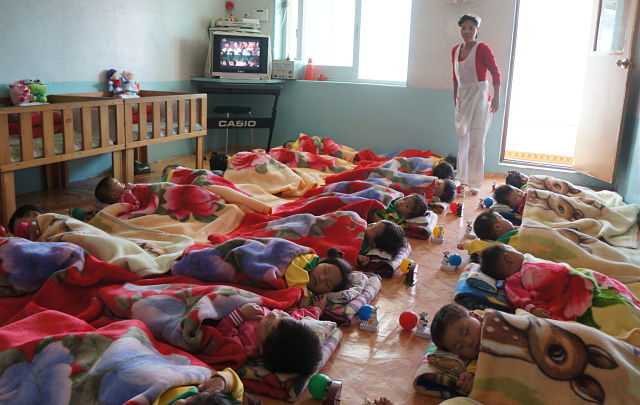 Ruling out of fear and paranoia produces extreme tension in a state.
Ruling out of fear and paranoia produces extreme tension in a state. 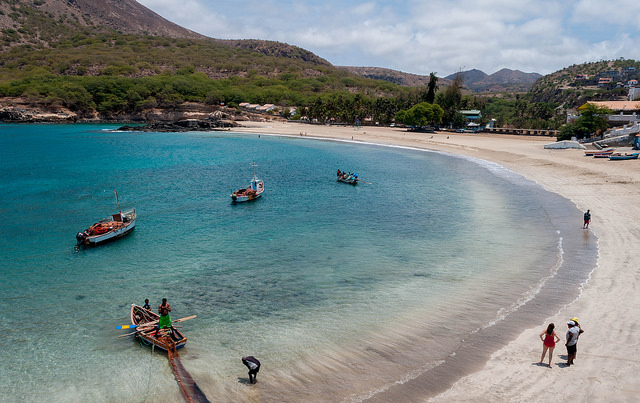
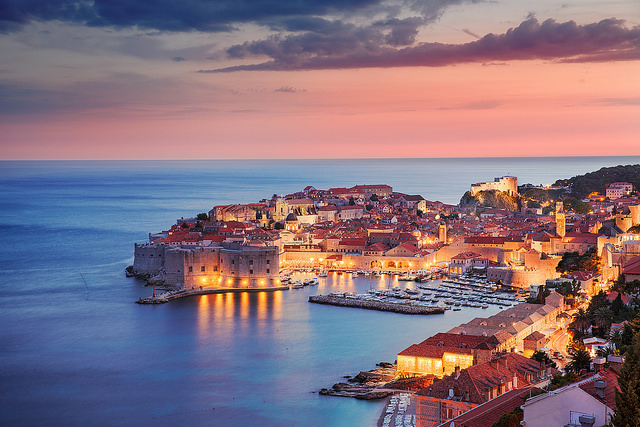
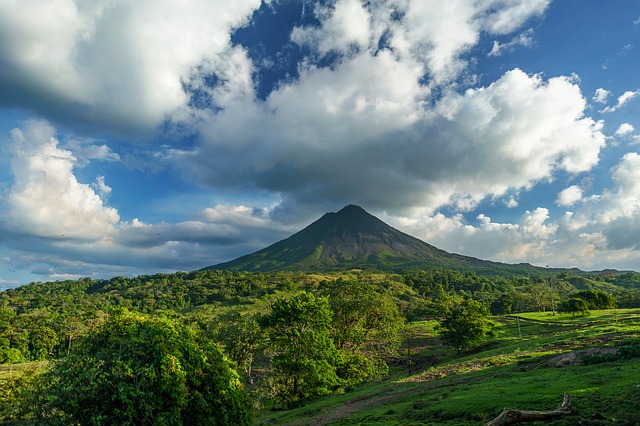 Costa Rica has long been a global leader due to its environmental accomplishments and is the only country in the world that has reversed deforestation. This upper-middle-income country is a
Costa Rica has long been a global leader due to its environmental accomplishments and is the only country in the world that has reversed deforestation. This upper-middle-income country is a 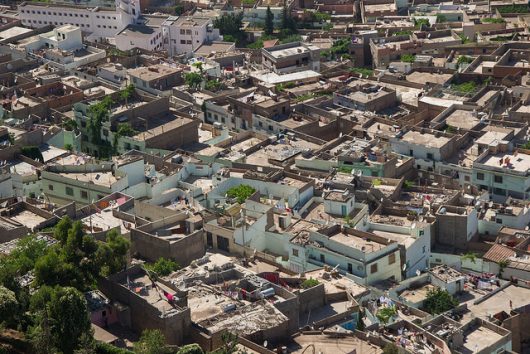
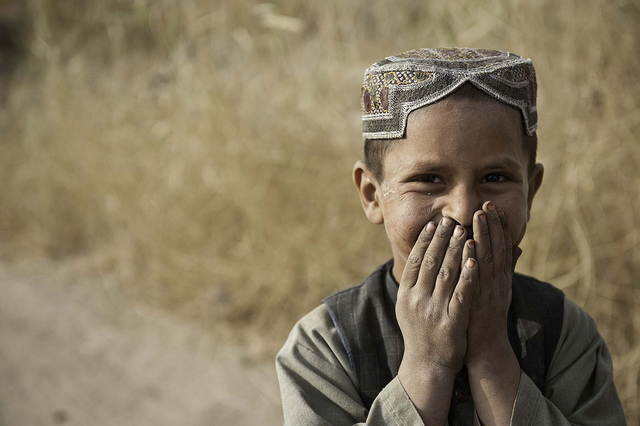

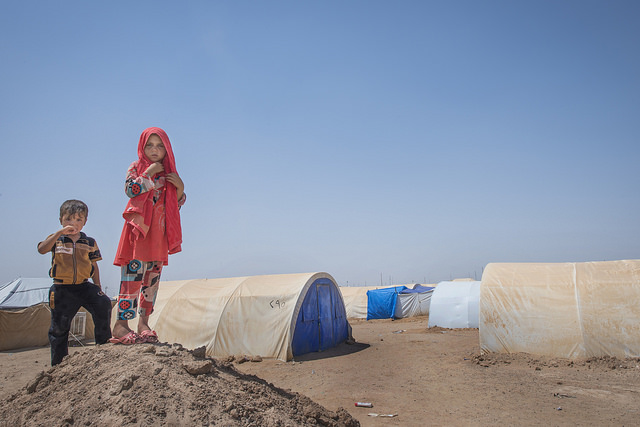
 Angola has an extremely diverse population of approximately 29 million people. It is a developing country with over 40 percent of its population living beneath the poverty line. There are various projects underway to develop the country. Here are 5 development projects in Angola.
Angola has an extremely diverse population of approximately 29 million people. It is a developing country with over 40 percent of its population living beneath the poverty line. There are various projects underway to develop the country. Here are 5 development projects in Angola.